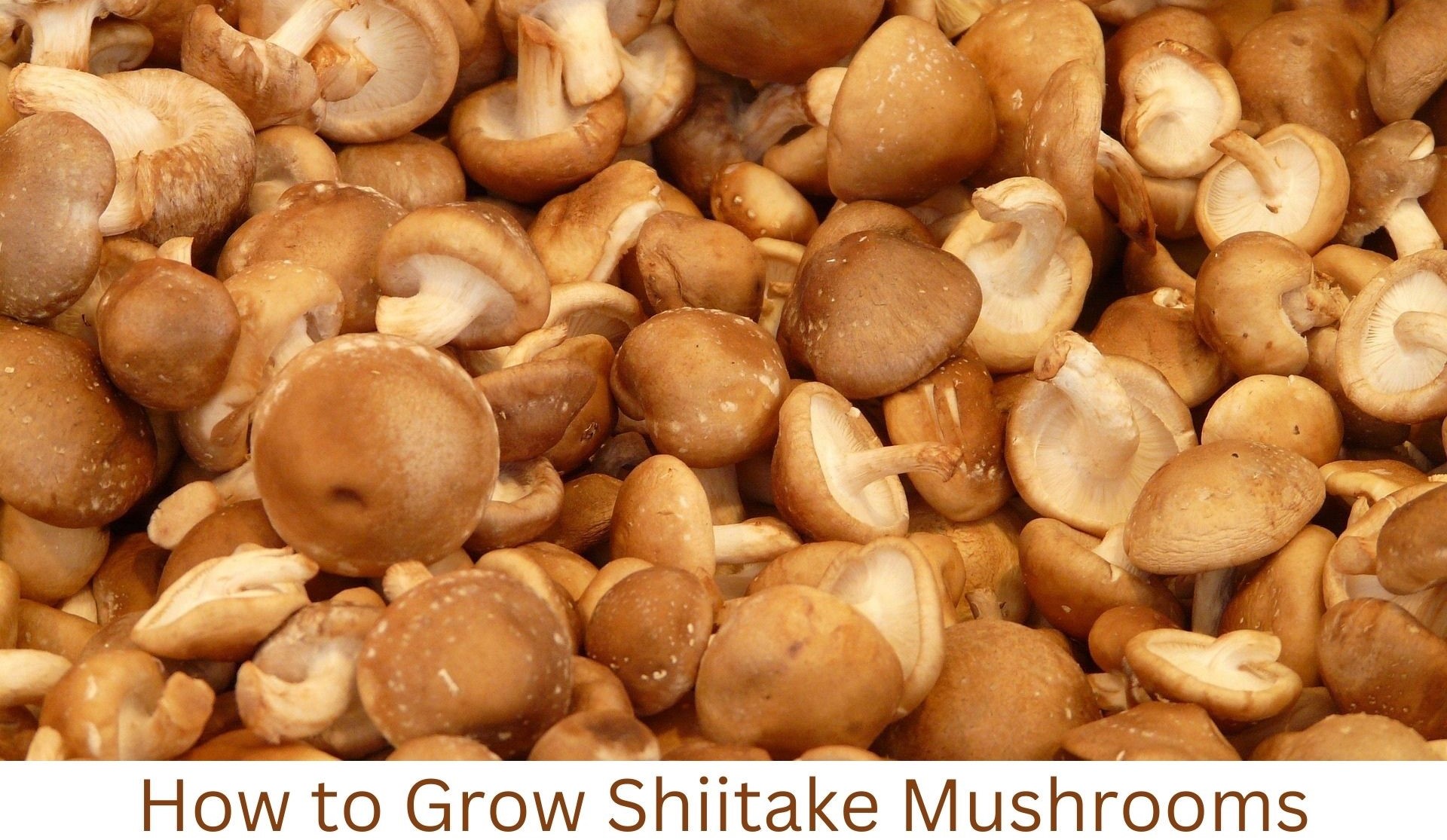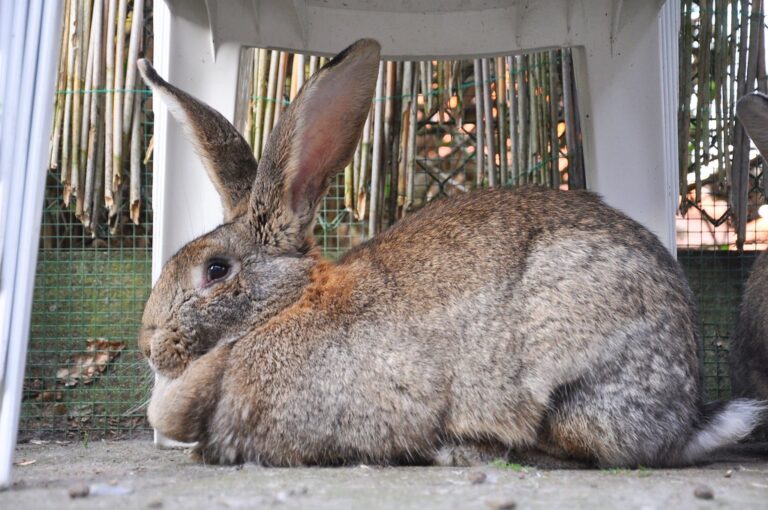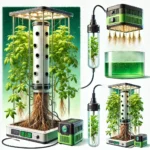Email: blogagri2@gmail.com
How to Grow Shiitake Mushrooms at Home

Growing shiitake mushrooms at home is easier than you might think! Whether you’re a culinary enthusiast or an aspiring mushroom farmer, mastering the art of shiitake cultivation can be rewarding and cost-effective. The best way to grow shiitake mushrooms at home is through either hardwood logs or sawdust blocks, with logs being the traditional method that yields harvests for 3-5 years, while sawdust blocks provide faster results in 8-12 weeks. Ready to embark on your mushroom-growing journey? In this comprehensive guide, we’ll walk you through: • Choosing between log and sawdust cultivation methods • Selecting the right growing medium and spawn • Step-by-step inoculation process • Proper colonisation and fruiting conditions • Harvesting techniques for maximum yields Whether you’re looking to create your own sustainable food source or simply enjoy the satisfaction of growing gourmet mushrooms, this beginner-friendly guide has got you covered.
Understanding Shiitake Mushrooms
Shiitake mushrooms have been cherished in Asian cuisine and medicine for over 2,000 years. These delectable fungi are known for their rich, savory flavor and impressive nutritional profile.
Physical Characteristics
Shiitake mushrooms have a distinctive appearance with broad, umbrella-shaped caps that range from tan to dark brown. The caps typically measure 2-4 inches in diameter when mature, featuring a slightly spongy texture. Their stems are usually tough and woody, which is why they’re often removed before cooking.
Growing Habits
In nature, shiitake mushrooms grow on hardwood trees, particularly oak, maple, and beech. They thrive in warm, humid environments with temperatures between 55-70°F. This natural growing pattern forms the basis for cultivation methods, whether using logs or sawdust blocks.
Nutritional Value
These mushrooms are packed with essential nutrients, including B vitamins, copper, and selenium. They’re also rich in dietary fiber and contain compounds called beta-glucans, which are known for their immune-boosting properties. With only 44 calories per 100 grams, they’re an excellent low-calorie addition to any diet.
Cultural Significance
In Japanese, “shiitake” combines “shii” (referring to the tree where they commonly grow) and “take” (meaning mushroom). Beyond their culinary uses, shiitake mushrooms hold deep cultural significance in traditional Asian medicine, where they’re valued for their potential health-promoting properties.
Market Importance
Today, shiitake mushrooms represent about 25% of global mushroom production, making them the second most cultivated mushroom variety worldwide. Their popularity continues to grow as more people discover their versatility in cooking and potential health benefits.
💡 Key Takeaway: Shiitake mushrooms are nutrient-rich fungi with a rich cultural heritage, growing naturally on hardwood trees and representing a significant portion of global mushroom production.
Choosing Your Growing Method
Growing shiitake mushrooms at home offers two primary methods, each with its own advantages and considerations. Let’s explore both options to help you make an informed decision for your mushroom cultivation journey.
Log Method
Natural hardwood logs provide an authentic, traditional approach to growing shiitake mushrooms. This method closely mimics their natural growing environment and can produce harvests for several years. Logs require minimal maintenance once properly inoculated and are perfect for outdoor cultivation.
However, the log method demands patience, as it typically takes 8-12 months before your first harvest. You’ll also need access to freshly cut hardwood logs, preferably oak, maple, or beech, and adequate outdoor space for storage.
Sawdust Block Method
For those seeking faster results, sawdust blocks offer a more controlled growing environment. This method uses sterilized sawdust mixed with supplemental nutrients, compressed into blocks. The colonization period is significantly shorter, usually 8-12 weeks, making it ideal for beginners eager to see results.
Sawdust blocks require more initial setup and careful attention to sterilization procedures. While they produce harvests more quickly, each block typically yields for a shorter period compared to logs. This method works well for indoor growing and allows for year-round cultivation regardless of climate.
The choice between these methods often depends on your:
– Available space
– Desired timeline for harvest
– Access to materials
– Level of involvement you can commit
– Local climate conditions
💡 Key Takeaway: Choose between traditional log cultivation for long-term, outdoor growing with minimal maintenance, or sawdust blocks for faster results and indoor cultivation with more controlled conditions.
Selecting and Preparing Your Growing Medium
Growing shiitake mushrooms successfully starts with choosing the right growing medium. You have two main options to consider – natural hardwood logs or sawdust blocks. Each method has its own advantages and requirements.
Hardwood Log Method
Hardwood logs are the traditional and most natural way to grow shiitake mushrooms. Oak, maple, beech, and hornbeam are excellent choices as they provide the perfect nutrients and structure. The logs should be 3-6 inches in diameter and 3-4 feet long for optimal results.
Always use freshly cut logs within 2 weeks of felling. This ensures the wood still contains enough moisture and nutrients while preventing contamination from other fungi. Avoid logs with existing fungal growth, signs of decay, or damage from insects.
Sawdust Block Method
Sawdust blocks offer a faster alternative to log cultivation. The substrate consists of hardwood sawdust supplemented with wheat bran or other nutrients. This method typically produces mushrooms in 8-12 weeks compared to 8-12 months for logs.
For sawdust blocks, mix:
– 80% hardwood sawdust
– 20% wheat bran
– Water to achieve 60% moisture content
The mixture needs to be sterilized at 180-200°F for 24 hours to eliminate competing organisms. Once cooled, it can be inoculated with shiitake spawn in a clean environment to prevent contamination.
Both methods require proper moisture levels throughout the growing process. Logs should maintain 35-45% moisture content, while sawdust blocks need 55-65%. Regular misting or soaking helps maintain these levels.
Remember to store your growing medium in a shaded area with good air circulation. Direct sunlight can dry out the substrate and harm mycelium growth. A woodland setting or similar environment works well for logs, while sawdust blocks are better suited for indoor cultivation.
💡 Key Takeaway: Choose between hardwood logs (traditional, longer process) or sawdust blocks (faster results) based on your timeline and resources, ensuring proper moisture levels and storage conditions for successful shiitake cultivation.
Inoculation Process
The inoculation process is a crucial step in growing shiitake mushrooms successfully. This is where you’ll introduce the mushroom spawn into your prepared substrate, setting the stage for mycelial growth. Let’s break down the process for both log and sawdust methods.
Log Inoculation Method
Start by drilling holes in your prepared hardwood logs in a diamond pattern, spacing them about 6 inches apart. The holes should be slightly smaller than your spawn plugs to ensure a tight fit. Use a 5/16-inch drill bit for standard plug spawn. Make sure to drill the holes about 1-1.5 inches deep.
Insert the spawn plugs into each hole using a hammer or spawn tool. Tap them gently until they’re flush with the log’s surface. For larger logs, you might need 30-40 plugs per log to ensure good colonization.
Sawdust Block Method
For sawdust blocks, mix your sterilized substrate with sawdust spawn at a ratio of about 5:1. Work in a clean environment to prevent contamination. Use sterilized tools and wear gloves throughout the process. Pack the mixture firmly into sterilized bags or containers, leaving some room for air exchange.
Make sure to distribute the spawn evenly throughout the substrate. This ensures uniform colonization and reduces the risk of contamination. Seal the bags with microporous tape to allow for proper gas exchange while keeping contaminants out.
Sealing and Protection
After inoculation, seal all exposed areas with food-grade wax. For logs, cover each plug hole with melted wax to prevent moisture loss and protect against contaminants. Apply the wax while it’s hot but not too hot to damage the spawn.
For sawdust blocks, ensure the filter patch is properly positioned for air exchange. Store the blocks in a clean, temperature-controlled environment between 65-75°F (18-24°C) during the colonization period.
Remember to label your logs or blocks with the date of inoculation and strain type. This helps track the progress and timing of future steps in the growing process.
💡 Key Takeaway: Successful inoculation requires careful attention to cleanliness, proper technique, and environmental conditions, whether using logs or sawdust blocks as your growing medium.
Colonization and Incubation
The colonization and incubation phase is a crucial waiting period where the shiitake mycelium spreads throughout your substrate. During this time, patience becomes your greatest virtue as nature works its magic.
Temperature Requirements
The ideal temperature range for colonization falls between 65-75°F (18-24°C). Maintaining consistent temperatures within this range helps the mycelium spread efficiently through the substrate. Avoid exposing your logs or blocks to extreme temperature fluctuations, as this can stress the developing mycelium.
Optimal Storage Conditions
Place your inoculated logs or sawdust blocks in a shaded, well-ventilated area protected from direct sunlight and strong winds. For logs, stack them in a crisscross pattern to allow proper air circulation. Sawdust blocks should be kept on clean shelves with adequate spacing between them.
Monitoring Moisture Levels
Moisture plays a vital role during colonization. The substrate should remain consistently damp but not waterlogged. Check moisture levels weekly by:
– Lifting the substrate to assess weight
– Looking for white mycelium growth
– Checking for any dry areas or cracks
– Misting with clean water if needed
Signs of Successful Colonization
As the mycelium colonizes, you’ll notice:
– White, thread-like growth spreading across the substrate
– A sweet, mushroom-like smell
– Gradual browning of the bark (for logs)
– Substrate becoming firmer and more solid
Timeline Expectations
Log cultivation requires 8-12 months for complete colonization, while sawdust blocks typically take 8-12 weeks. The exact duration depends on various factors including temperature, humidity, and substrate size. During this period, minimize disturbance to allow the mycelium to establish strong networks.
💡 Key Takeaway: Successful colonization requires maintaining optimal temperature (65-75°F), proper moisture levels, and patience through the 8-12 month waiting period for logs or 8-12 weeks for sawdust blocks.
Initiating Fruiting
After your shiitake logs or sawdust blocks have fully colonized, it’s time to trigger the fruiting process. This stage requires specific environmental conditions and techniques to encourage mushroom development.
Cold Water Shock Treatment
Submerging your colonized substrate in cold water for 12-24 hours is the most effective way to initiate fruiting. This process mimics natural conditions that trigger mushroom formation. Use clean, non-chlorinated water at around 50-65°F (10-18°C) for best results.
Creating Optimal Growing Conditions
After the shock treatment, maintain humidity levels between 85-95% by misting regularly or using a humidity tent. Keep temperatures between 55-70°F (13-21°C) for optimal fruiting. Provide indirect light for 8-12 hours daily, as shiitake mushrooms need some light to develop properly.
Monitoring Pin Formation
Within 3-7 days after shocking, you should notice small brown bumps forming on the surface. These “pins” are baby mushrooms beginning to emerge. Continue maintaining proper humidity and temperature as the pins develop into mature mushrooms.
Managing Multiple Flushes
Once you harvest your first flush of mushrooms, the substrate will need a rest period of 2-3 weeks. You can initiate another fruiting cycle by repeating the cold shock process. Most logs or blocks will produce multiple flushes over several months or years, depending on the substrate size and growing conditions.
💡 Key Takeaway: Successful fruiting requires proper timing of cold shock treatment, consistent environmental conditions, and patient monitoring of pin development to achieve multiple harvests of shiitake mushrooms.
Harvesting Your Shiitake Mushrooms
Growing shiitake mushrooms requires patience, but the reward of harvesting your own fresh mushrooms makes it worthwhile. Let’s explore the best practices for harvesting your homegrown shiitake mushrooms.
When to Harvest
The ideal time to harvest shiitake mushrooms is when their caps are about 70-90% open. At this stage, the mushrooms have reached their peak flavor and texture. Look for caps that are dark brown and slightly curved at the edges, typically 2-4 inches in diameter.
Proper Harvesting Technique
To harvest shiitake mushrooms, grasp the stem near the base and gently twist while pulling upward. Avoid cutting or pulling too hard, as this can damage the growing block or log. If you encounter resistance, a slight back-and-forth motion can help release the mushroom without causing harm.
Post-Harvest Care
After harvesting, brush off any debris from the mushrooms using a soft brush or paper towel. Avoid washing them unless absolutely necessary, as excess moisture can affect their shelf life. Store fresh shiitake mushrooms in a paper bag in the refrigerator, where they can last up to two weeks.
Managing Multiple Flushes
Shiitake logs or blocks typically produce multiple flushes of mushrooms. After the first harvest, allow your substrate to rest for 6-8 weeks before initiating another fruiting cycle. During this period, maintain proper moisture levels and environmental conditions to ensure healthy subsequent flushes.
Signs of Quality
High-quality shiitake mushrooms should have firm caps without soft spots or discoloration. The gills should be intact and cream-colored, and the stems should be firm and free from any signs of mold or decay. Remove any mushrooms showing signs of deterioration to prevent spread to healthy specimens.
💡 Key Takeaway: Harvest shiitake mushrooms when caps are 70-90% open using a gentle twisting motion, store them properly in paper bags, and maintain growing conditions between flushes for optimal yields.
Conclusion
Growing your own shiitake mushrooms at home is a rewarding journey that combines science, patience, and the joy of harvesting your own gourmet fungi. Whether you choose the traditional log method for long-term yields or the faster sawdust substrate approach, success lies in maintaining optimal growing conditions and following proper cultivation techniques. Remember, while the initial setup might require some effort, the satisfaction of harvesting your own fresh shiitake mushrooms and the potential health benefits make it all worthwhile. As you gain experience, you’ll develop a deeper appreciation for this delicious edible fungus and may even want to experiment with different types of substrate or expand your yearly mushroom production. Ready to start your mushroom-growing adventure? Begin with a small-scale setup, maintain cleanliness to prevent contamination, and stay patient during the incubation period. With dedication and the right approach, you’ll soon be enjoying your own top-grade shiitake mushrooms right from your backyard.
FAQs
Description for this block. Use this space for describing your block. Any text will do. Description for this block. You can use this space for describing your block.
Shiitake mushrooms typically take 6-12 months to fruit when grown on logs, and 2-3 months when grown on sawdust blocks. The incubation period varies based on environmental conditions, substrate type, and growing method used.
Yes, you can grow shiitake mushrooms indoors throughout the year using sawdust blocks. Maintain optimal growing environment with temperatures between 55-70°F, humidity levels of 80-85%, and indirect light for best possible results.
Common issues include contamination from other fungi, insufficient moisture, improper temperature control, and pest infestations. Using sterile equipment, maintaining cleanliness, and monitoring growing conditions can help prevent these problems.
A properly maintained shiitake log can produce mushrooms for 3-5 years, with harvests occurring every 8-12 weeks. Sawdust blocks typically provide 2-3 flushes of mushrooms over 2-4 months before being spent.
Growing shiitake mushrooms at home can be cost-effective in the long run. While initial setup costs for tools and materials may be higher, a single log or sawdust block can produce multiple harvests, making it economical compared to store-bought mushrooms.
Home-grown shiitake mushrooms offer consistent quality and safety compared to wild mushrooms. They’re also more reliable in terms of yield and timing, while wild mushrooms are seasonal and require expert identification to ensure safety.







